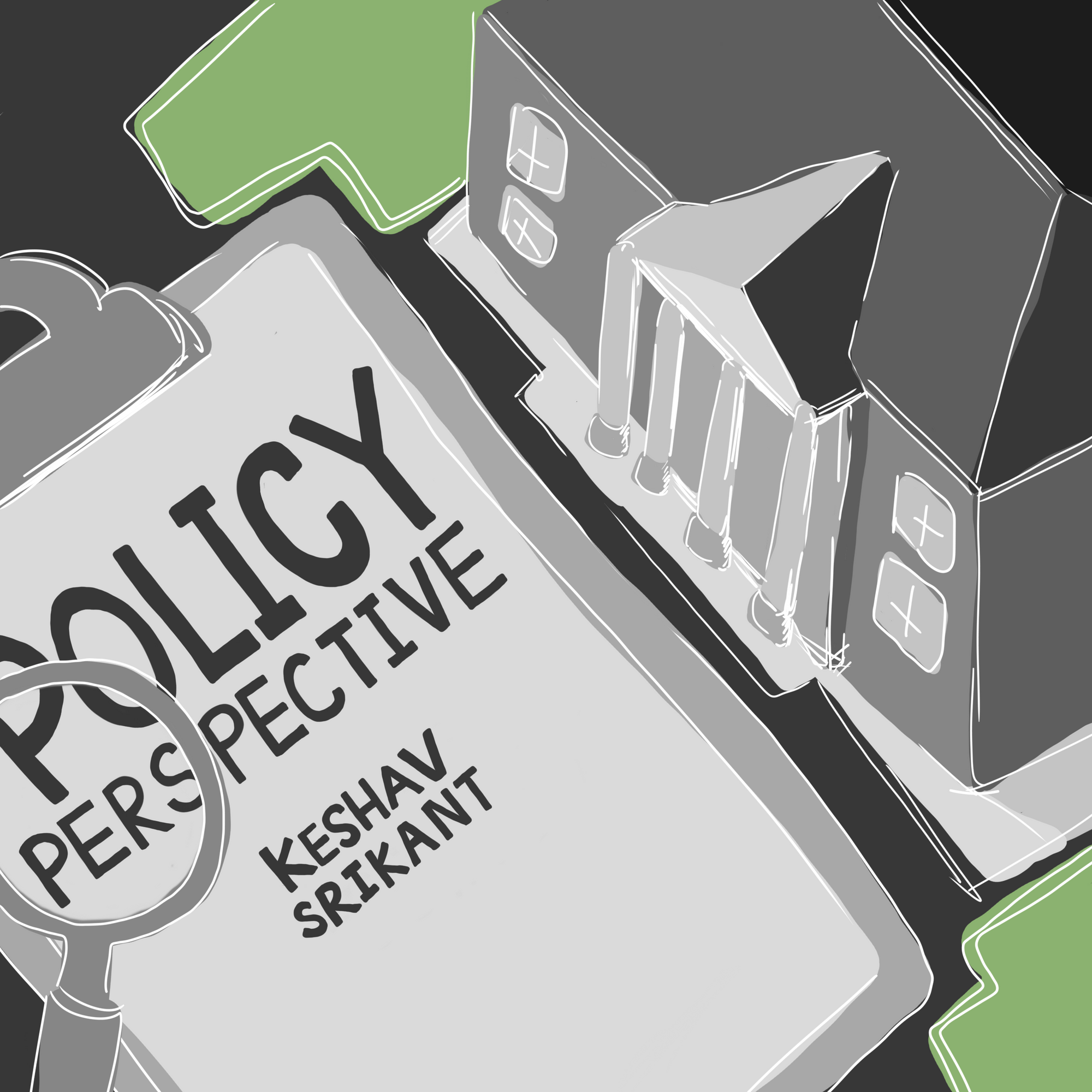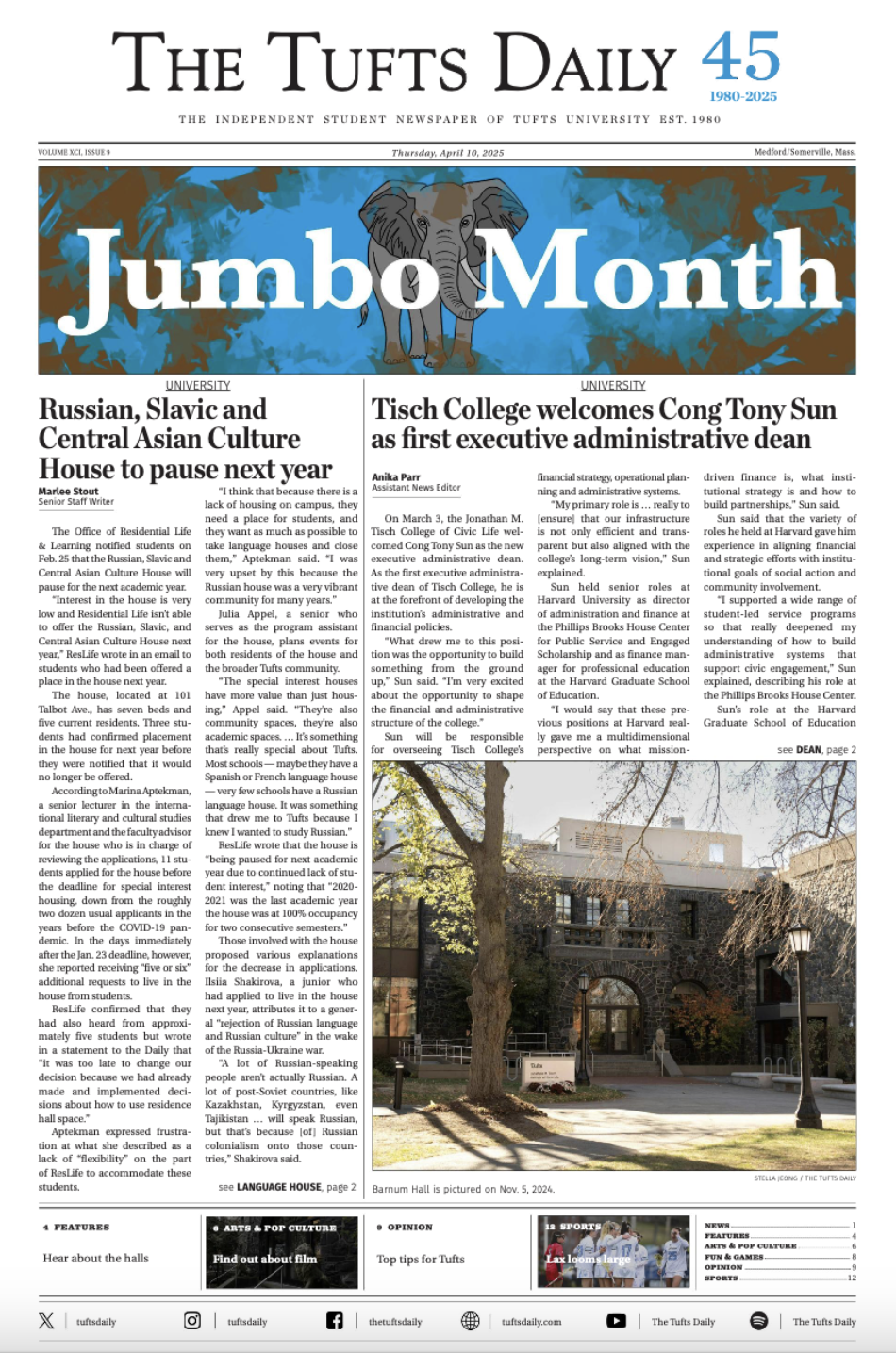In June of 2022, inflation hit a 40-year record high, with consumer prices rising 9.1% over the course of one year. It surpassed economists' expectations and captured rising costs in everything from rent to automobiles, particularly in food and energy. Understandably, the magnitude of the inflation spike sparked a debate as to what was responsible for such high levels of inflation.
There was an obvious culprit: government spending. After coming into office in the wake of a devastating pandemic, which had led to many business closures and an unemployment rate of over 6%, President Joe Biden proceeded to draft a massive stimulus bill called the American Rescue Plan Act. The stimulus was larger than many had expected; at nearly $2 trillion, it included money for schools, vaccines and small businesses as well as a generous expansion of social welfare benefits. Prominent economists such as Larry Summers, the secretary of the treasury under former President Barack Obama, and Olivier Blanchard, the former chief economist at the International Monetary Fund, warned that there was a risk of inflation. The ARP passed regardless and was signed into law on March 11, 2021.
Therefore, when inflation spiked in early 2022, many rightly categorized some of it as a result of Biden’s excessive spending. This not only included his political opponents but also nonpartisan experts such as analysts at centrist think tanks like The Brookings Institution and researchers at the Federal Reserve Bank of San Francisco. However, though the ARP undoubtedly contributed to inflation, blaming all of the inflation spike on the ARP or even concluding the ARP was a bad bill would be a mistake.
For one thing, there is no consensus on the extent that the ARP was a contributor to inflation. An analysis from the Federal Reserve Bank of San Francisco found the ARP would only temporarily add 0.3 percentage points to “core” inflation. Meanwhile, Moody’s Analytics found the ARP only added 0.35% to inflation, indicating that the rise in inflation rates in 2022 was mostly caused by other factors such as negative supply chain shocks.
Additionally, a discussion of the relationship between the ARP and inflation fails to consider the ARP's benefits; like many government stimulus bills, the ARP was a trade-off. Assuming the Phillips curve model holds, it’s likely the ARP was partially responsible for the United States’ faster and stronger GDP rebound compared to other G7 countries, the dramatic decrease in unemployment and strong job growth. Furthermore, a report by the Urban Institute found the anti-poverty measures of the ARP, particularly the Child Tax Credit, were incredibly effective at meaningfully reducing poverty.
None of this is to argue that the ARP and excessive government spending weren’t a contributing factor to inflation. However, the evidence indicates inflation wasn’t purely because of the ARP, and we should evaluate the trade-offs that come with government stimulus on that understanding in the future.






